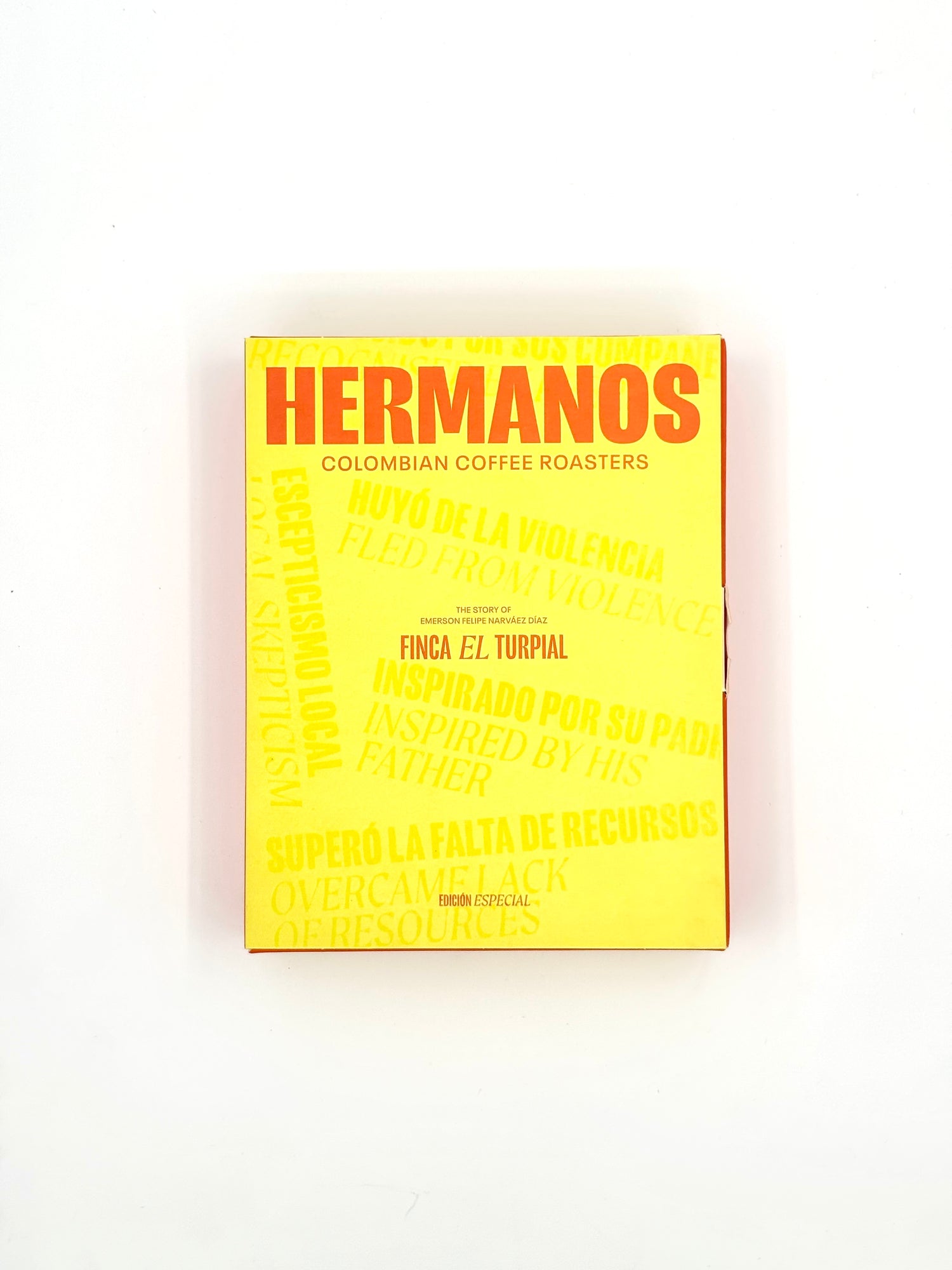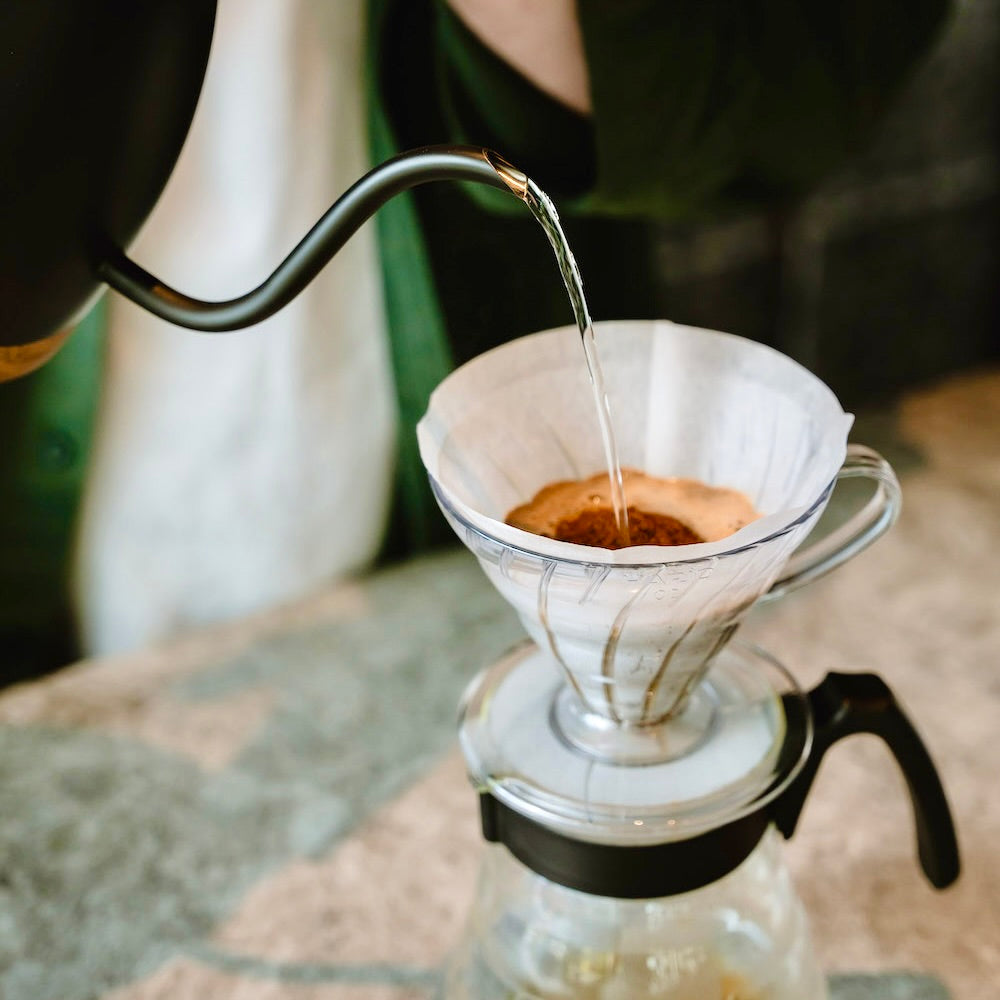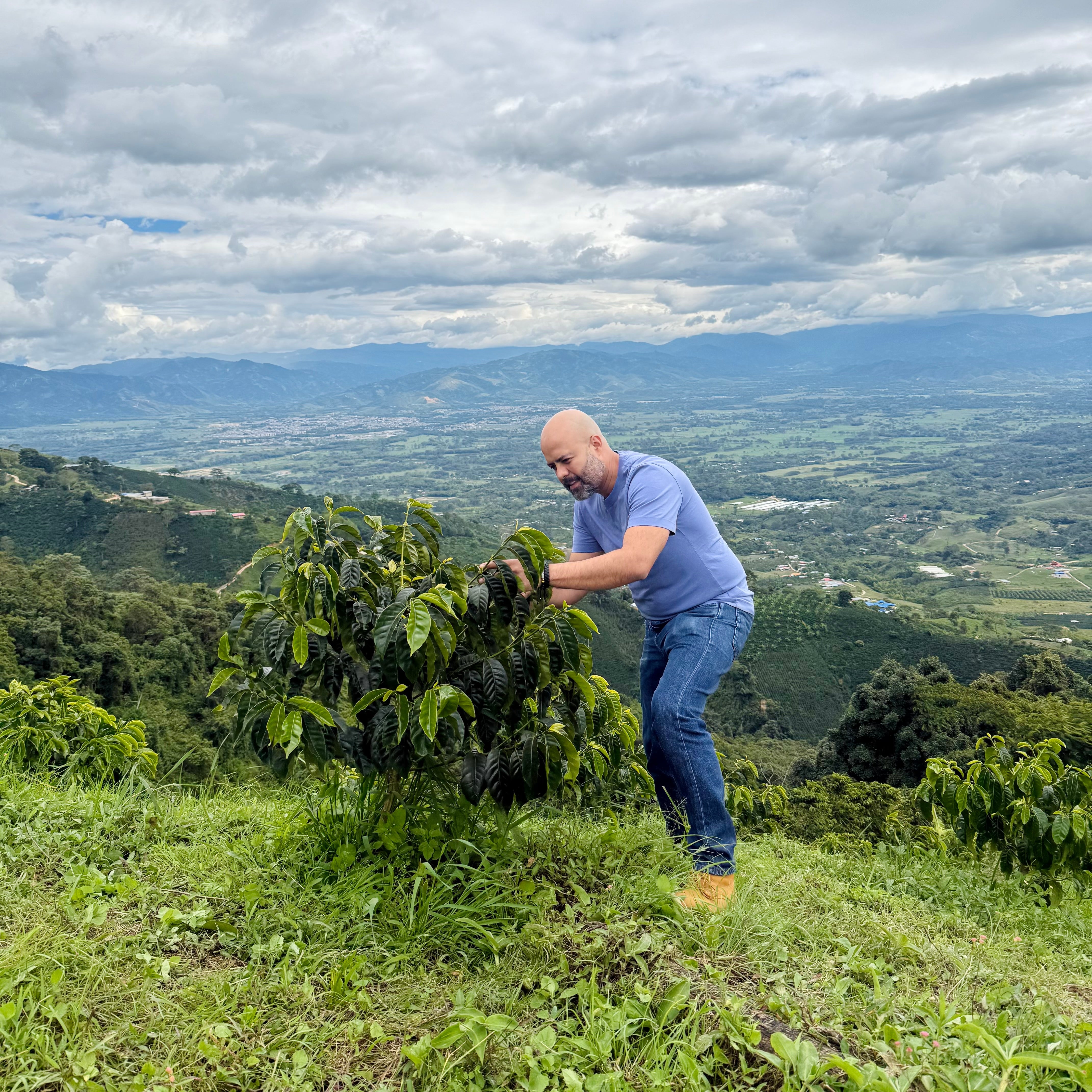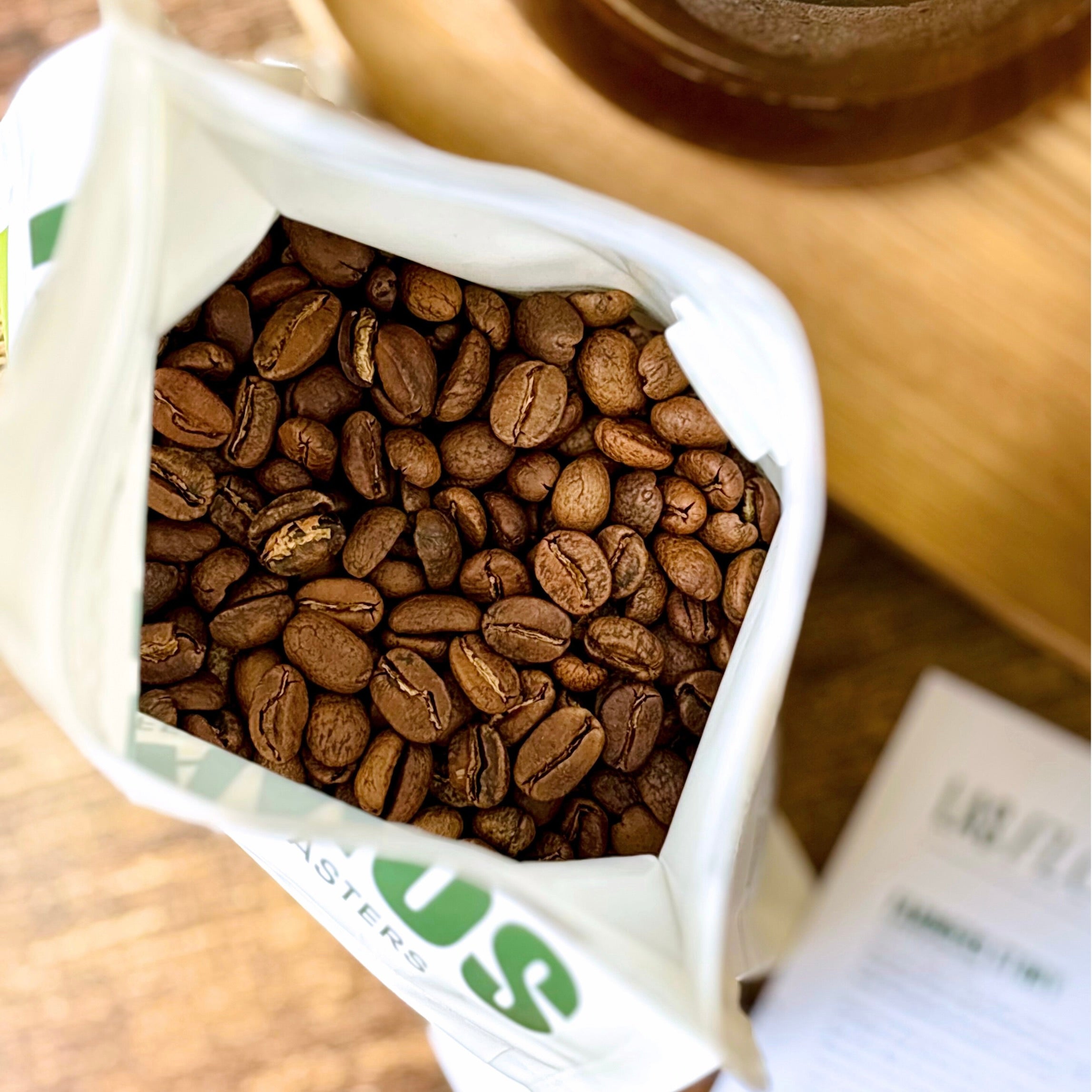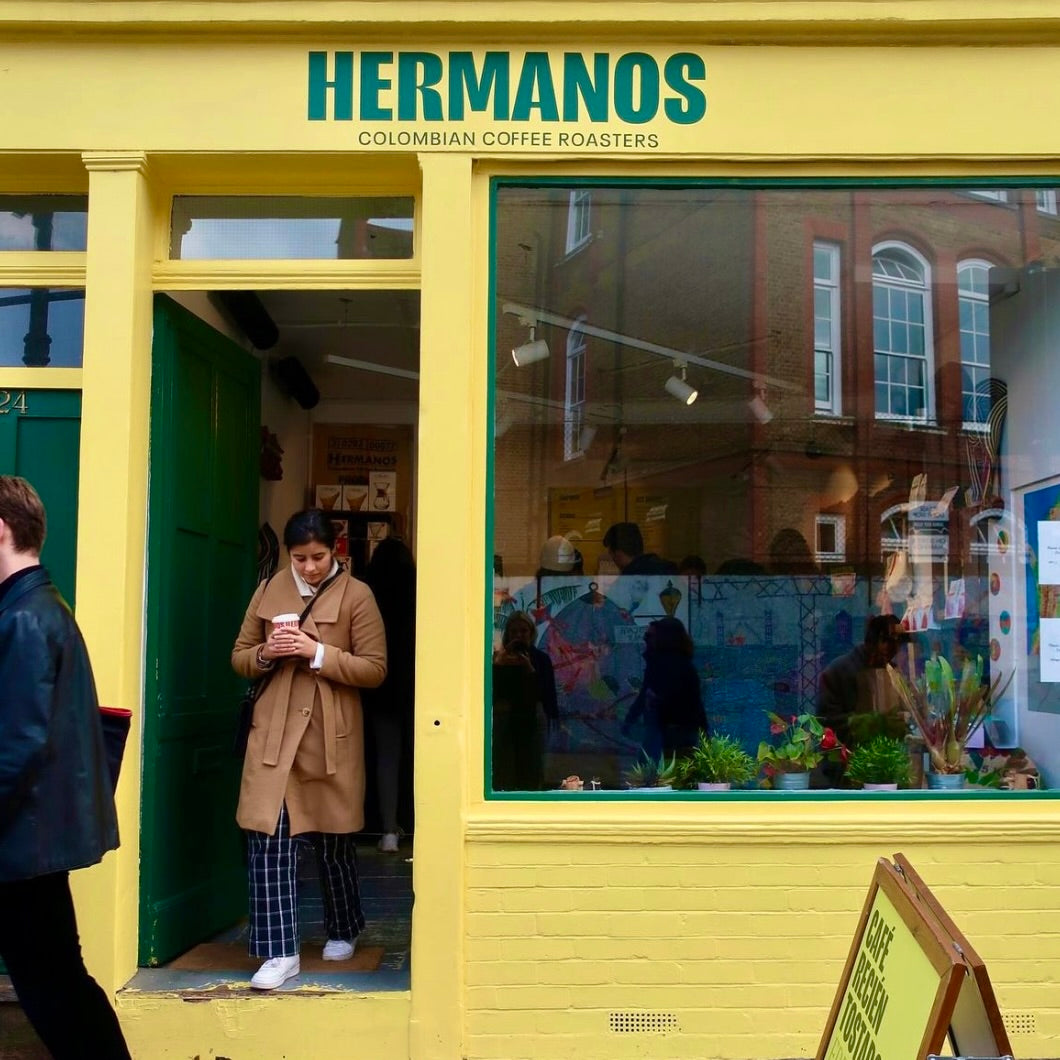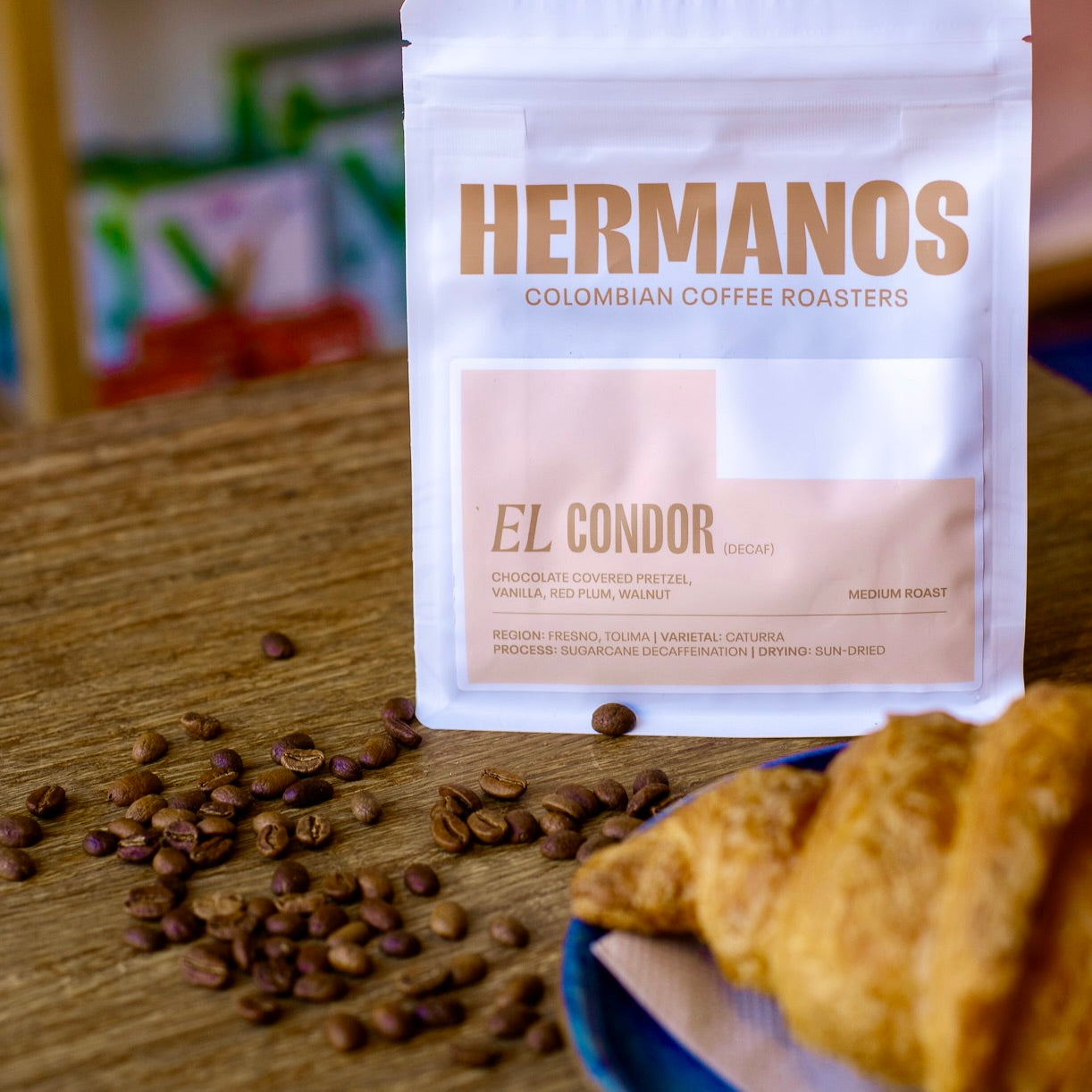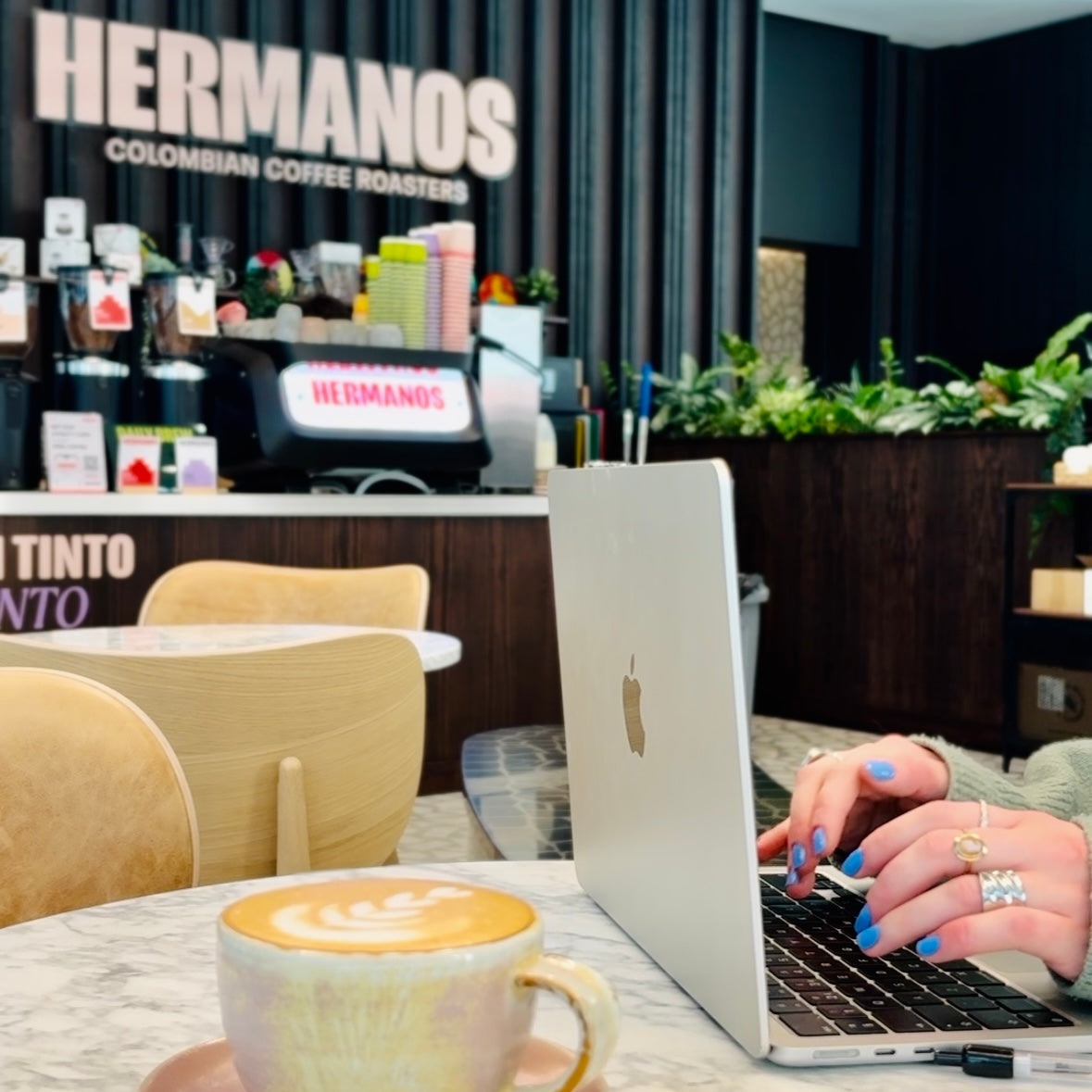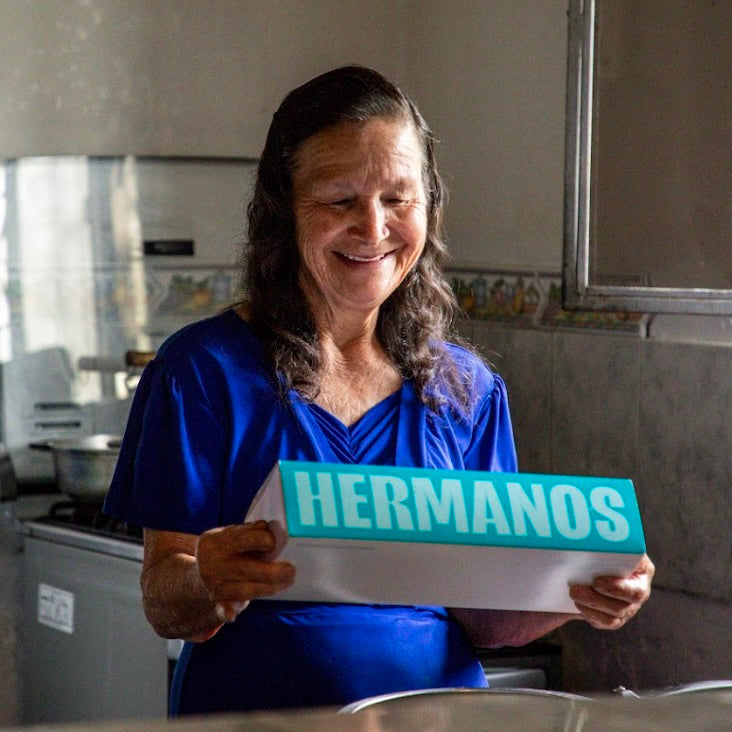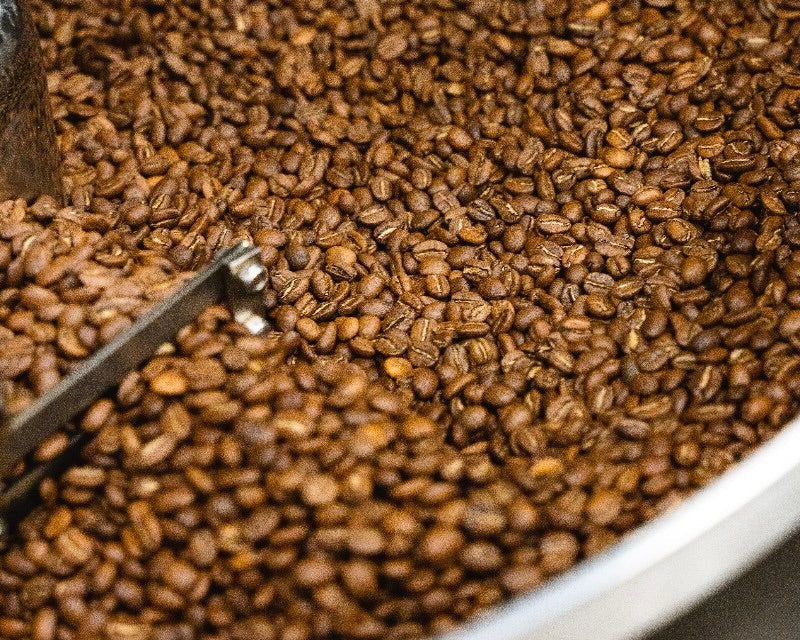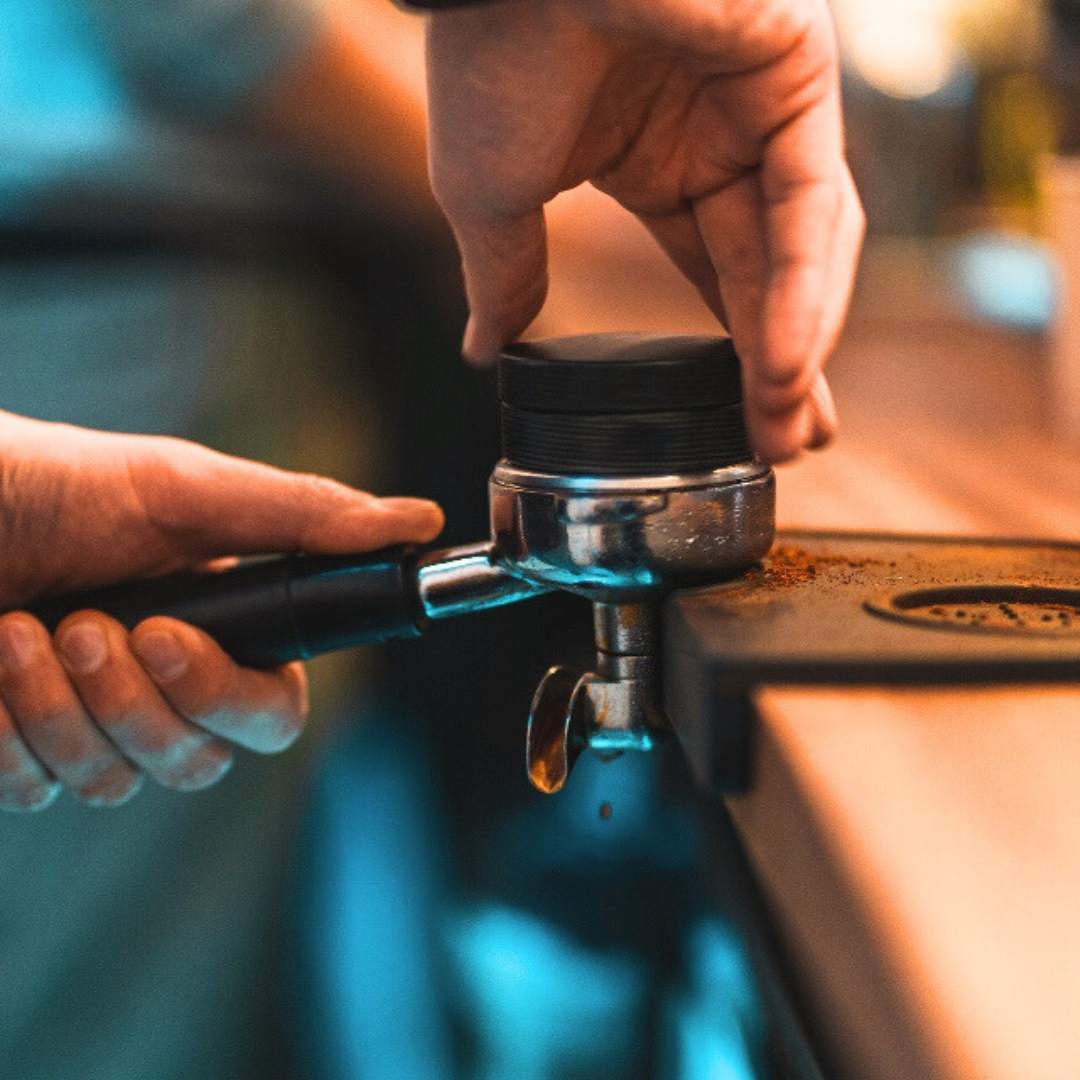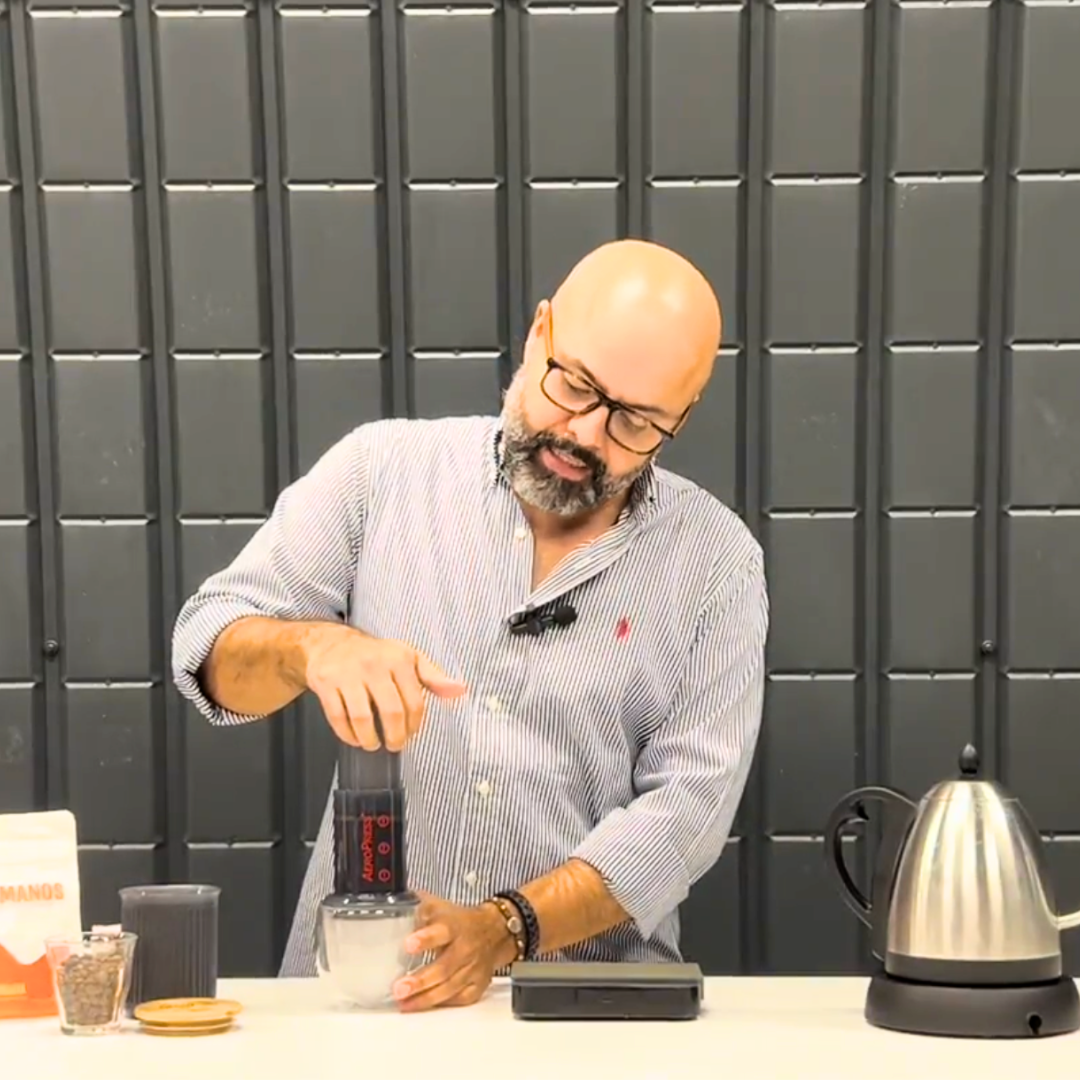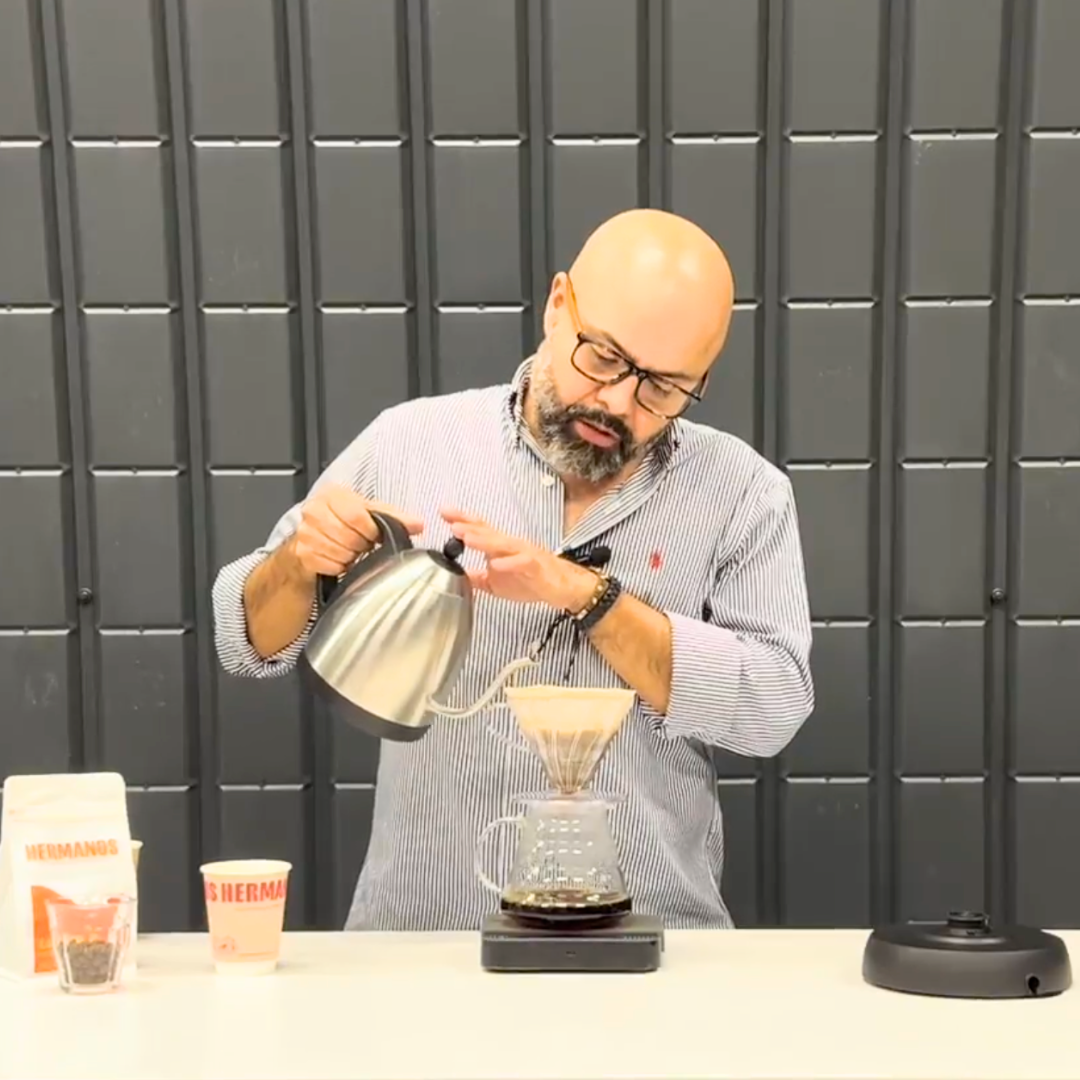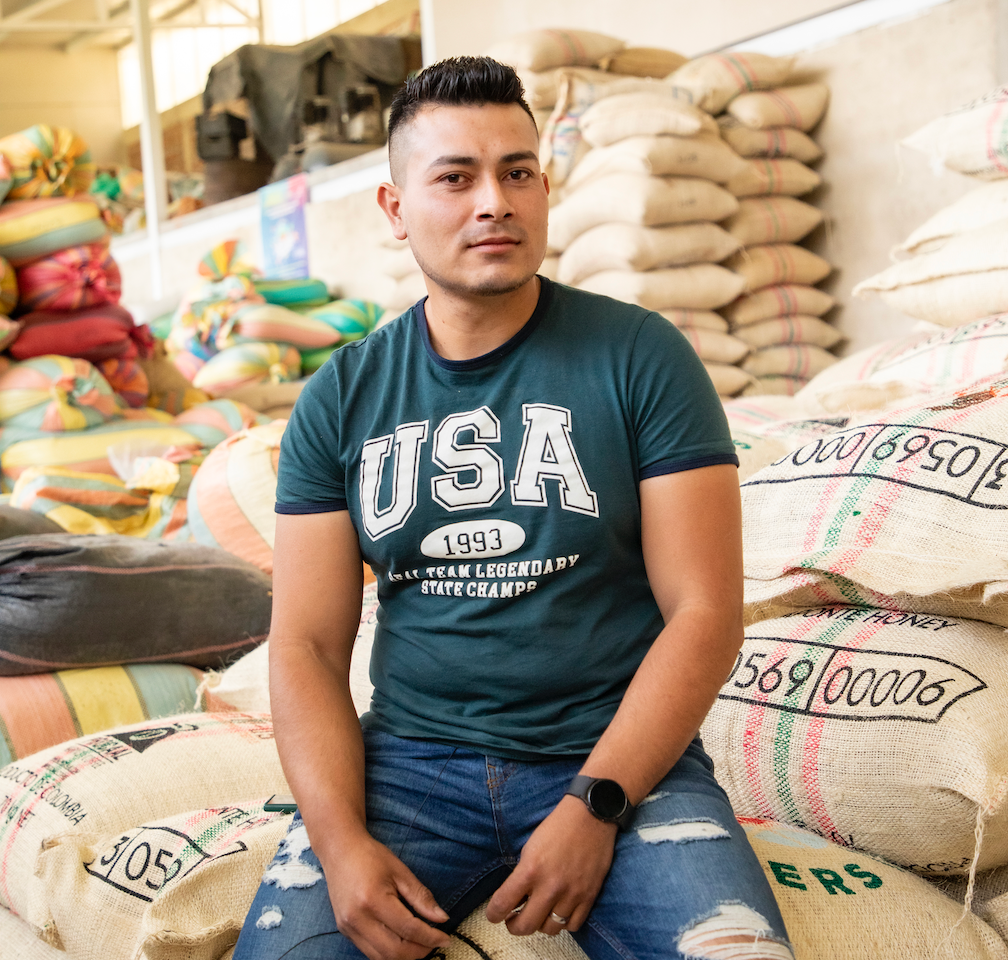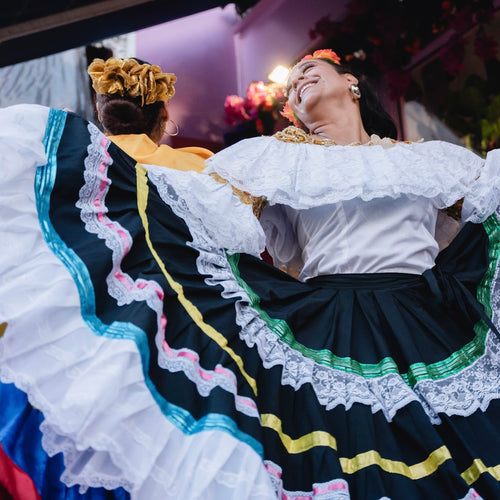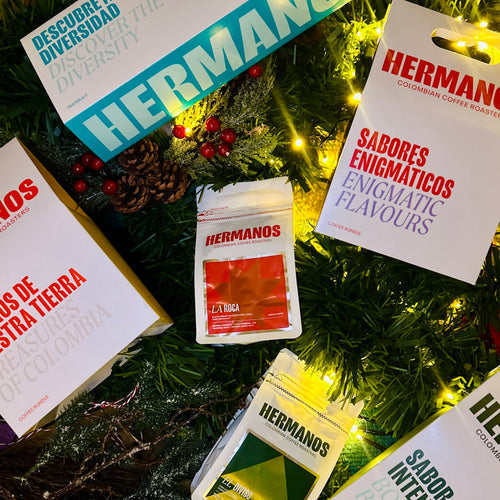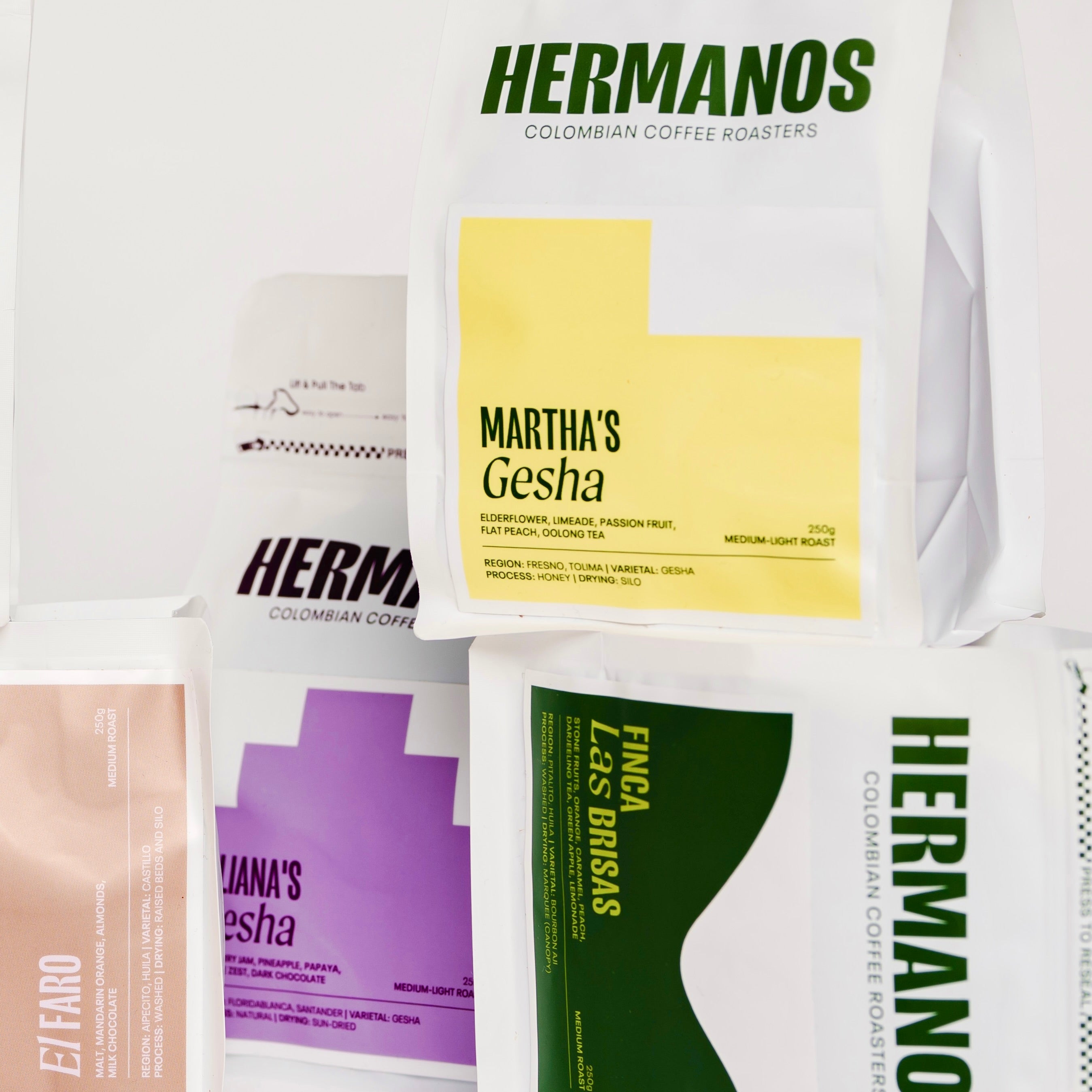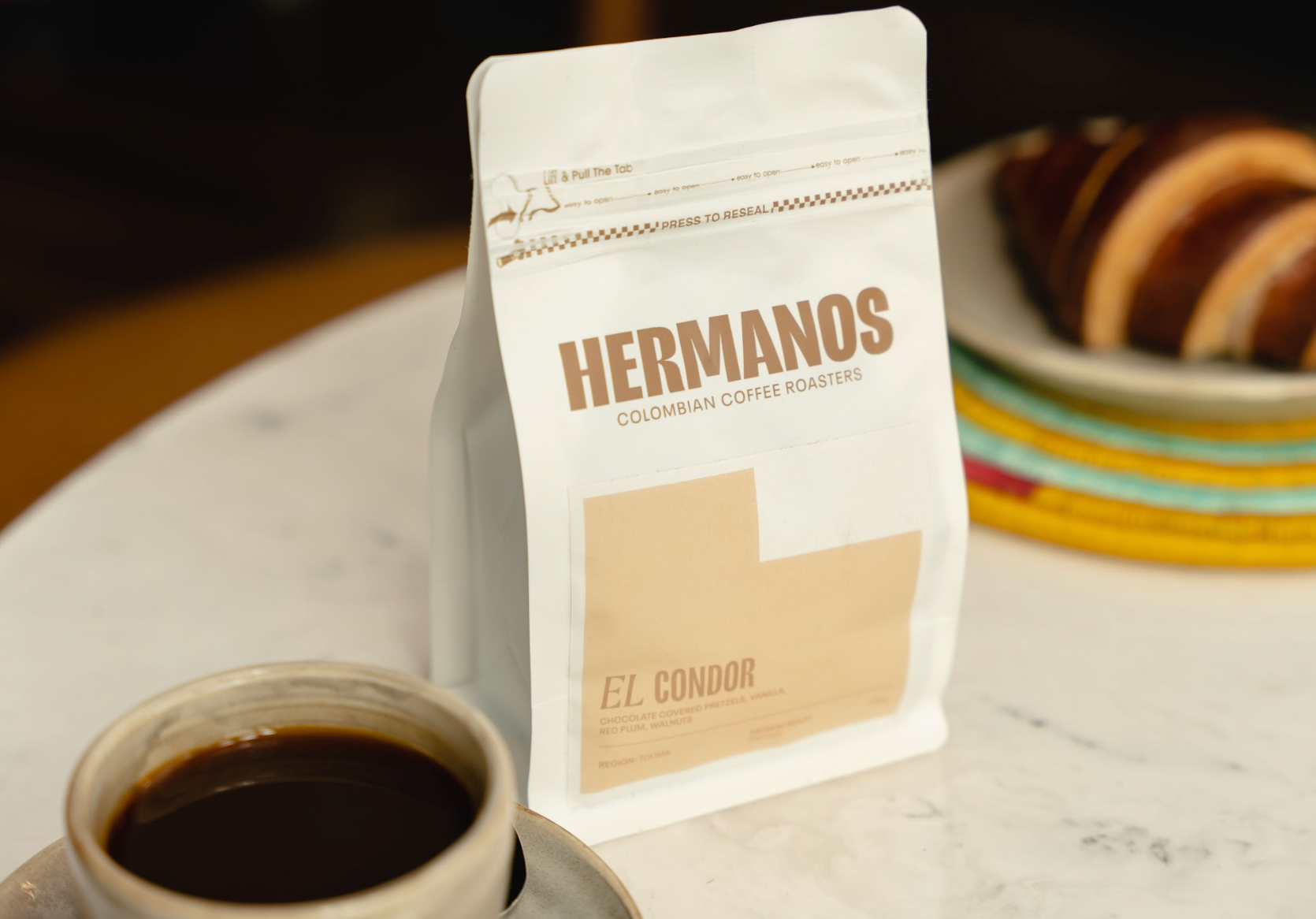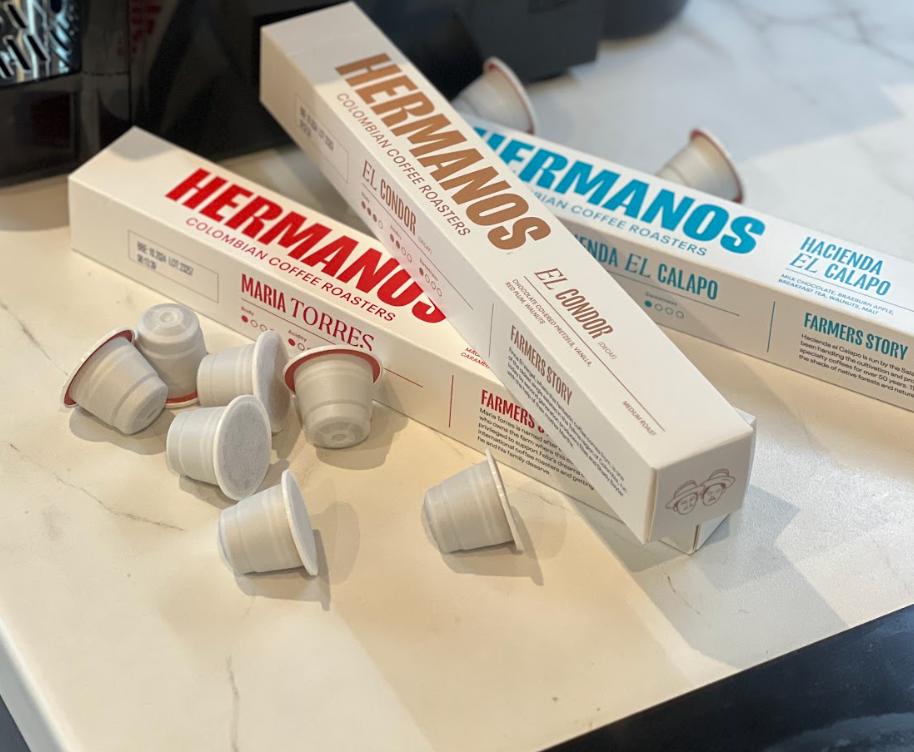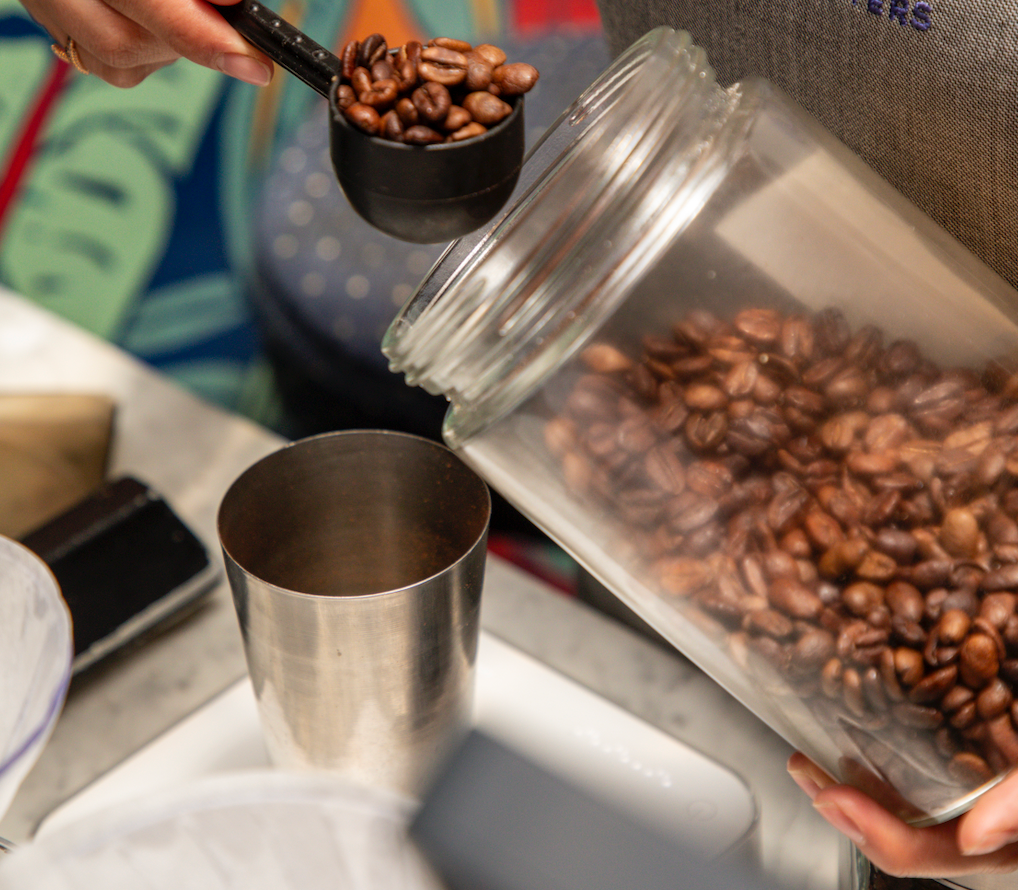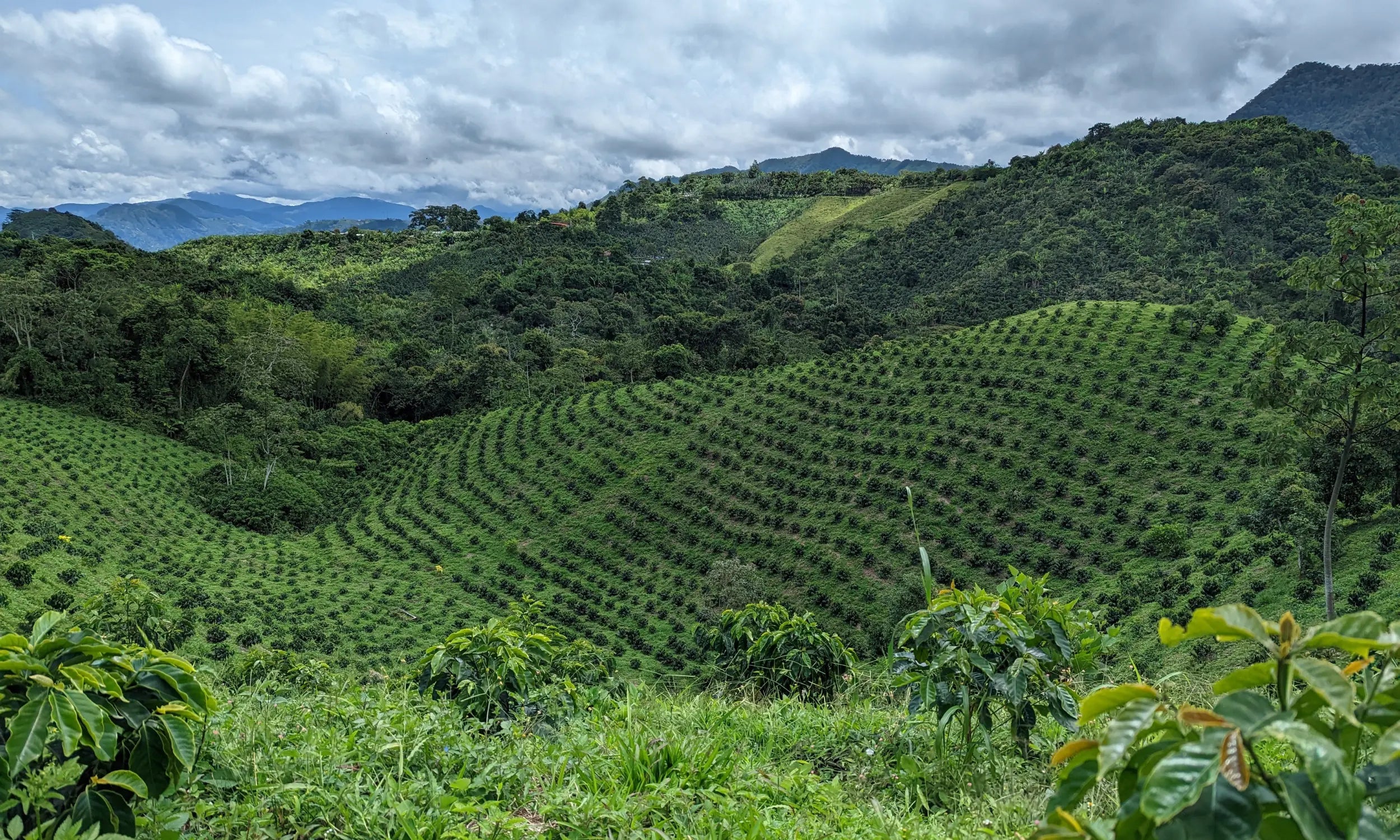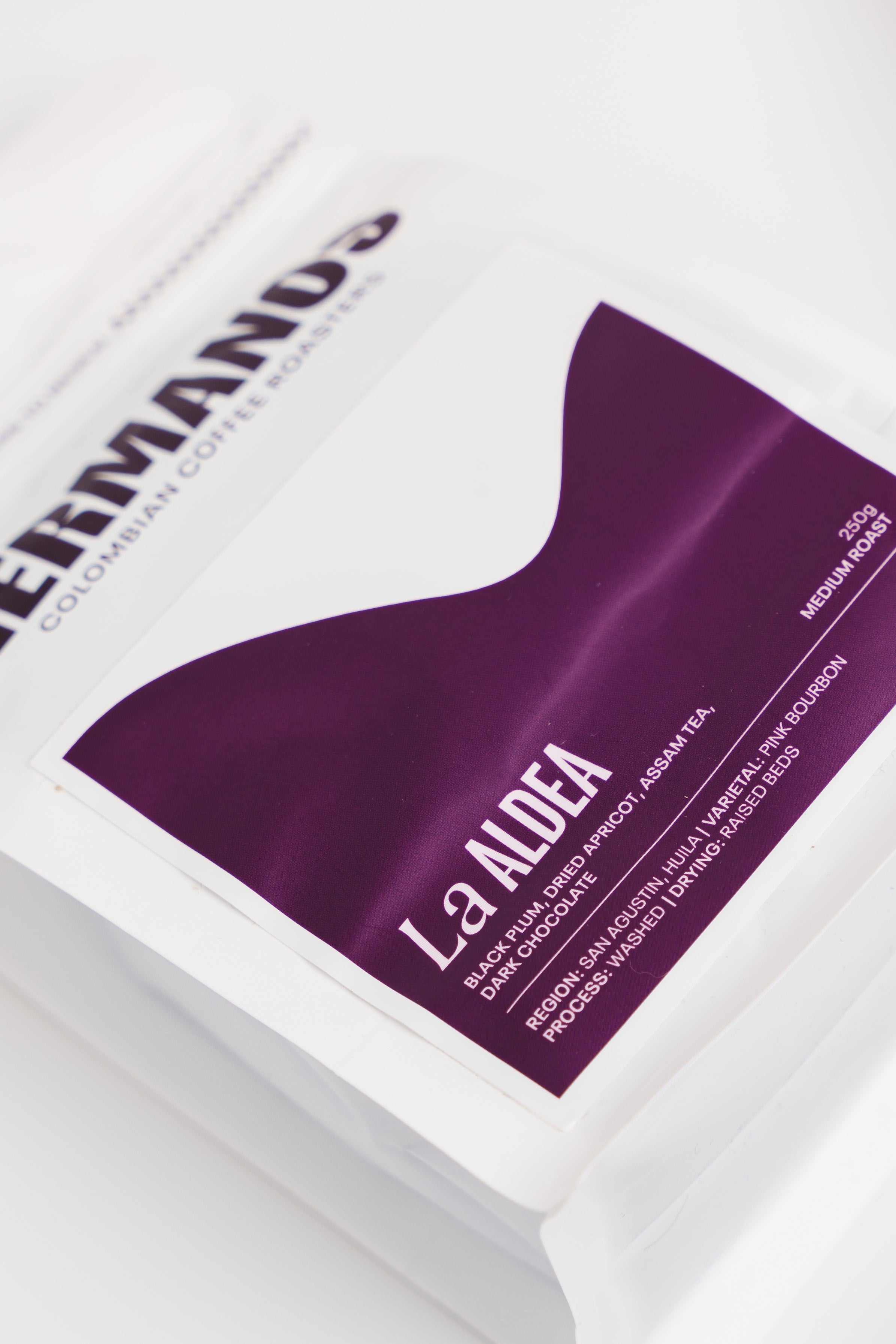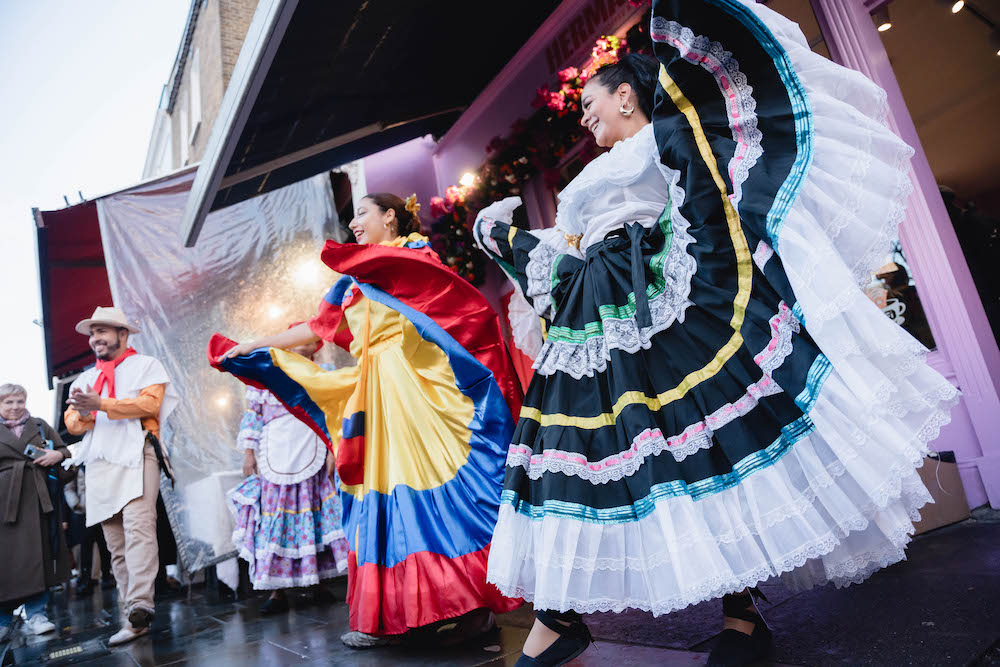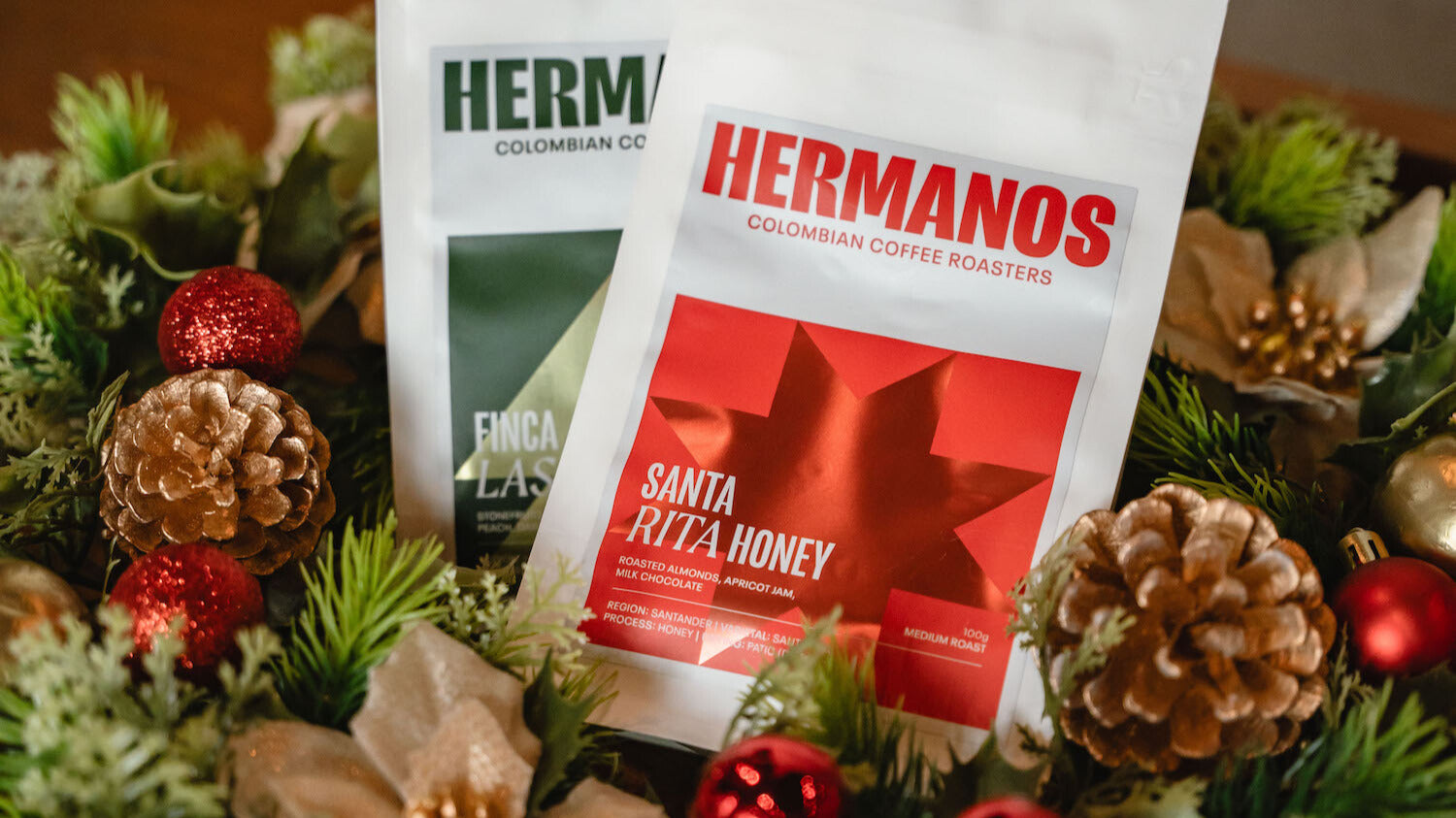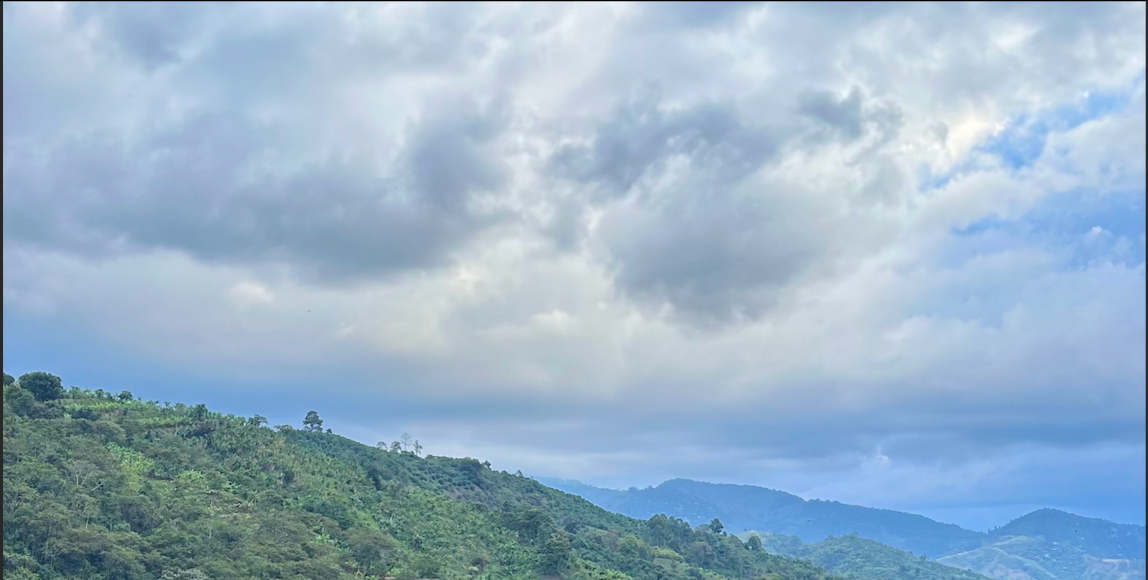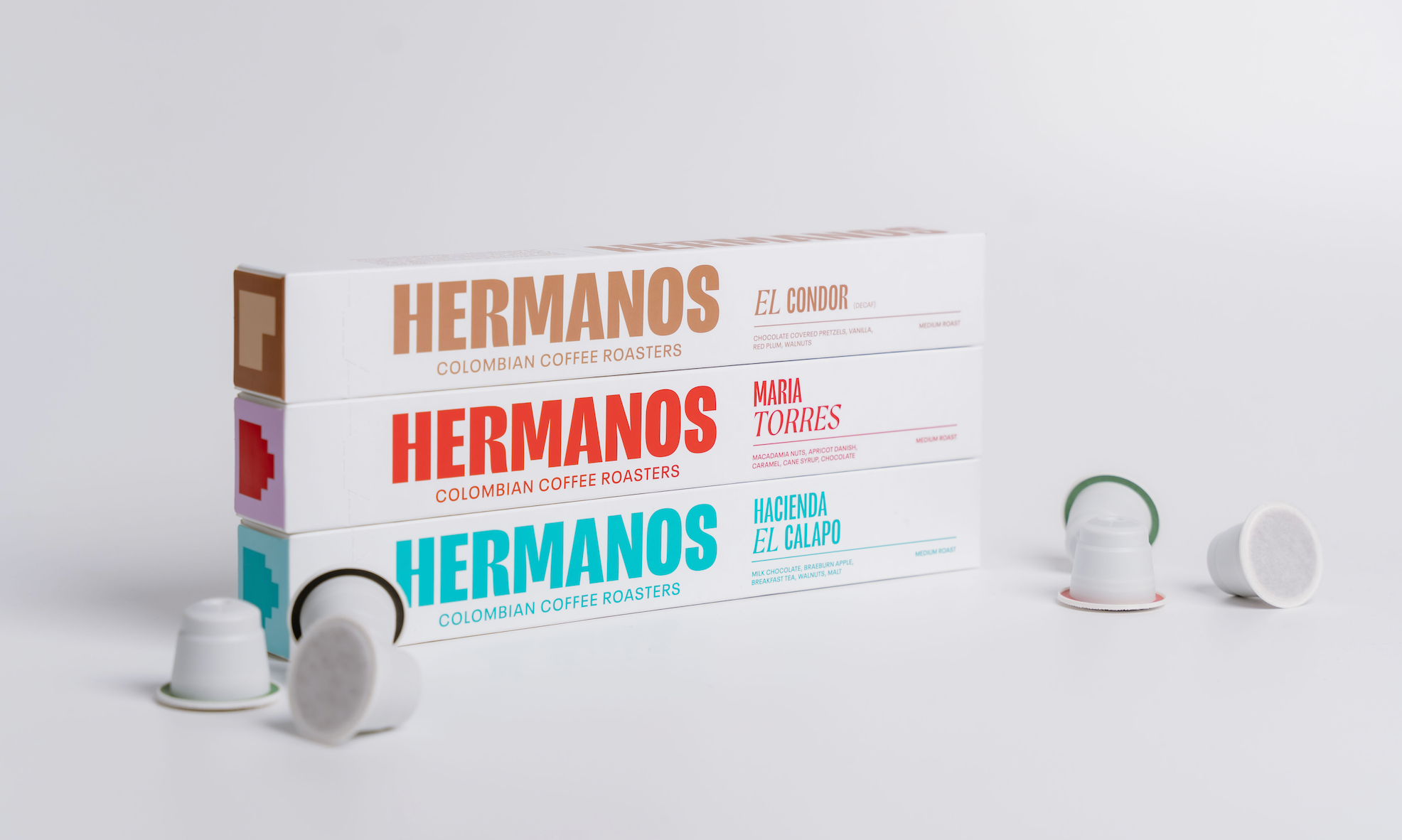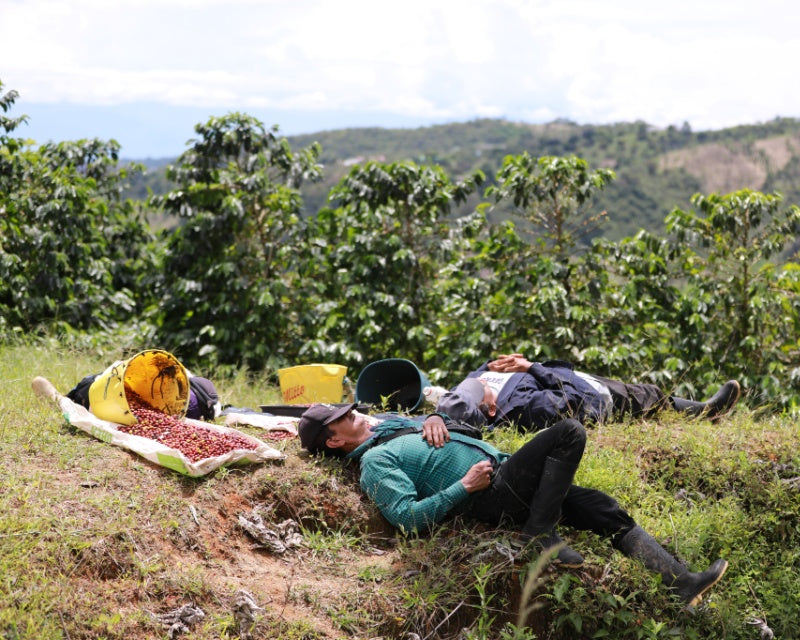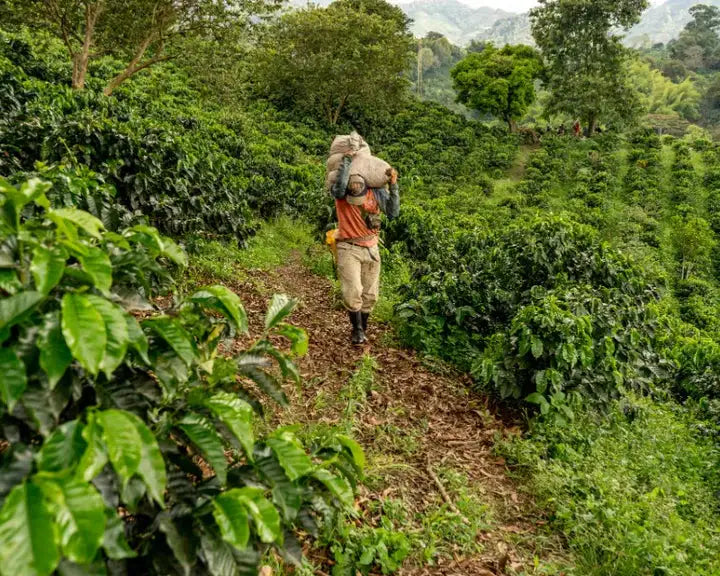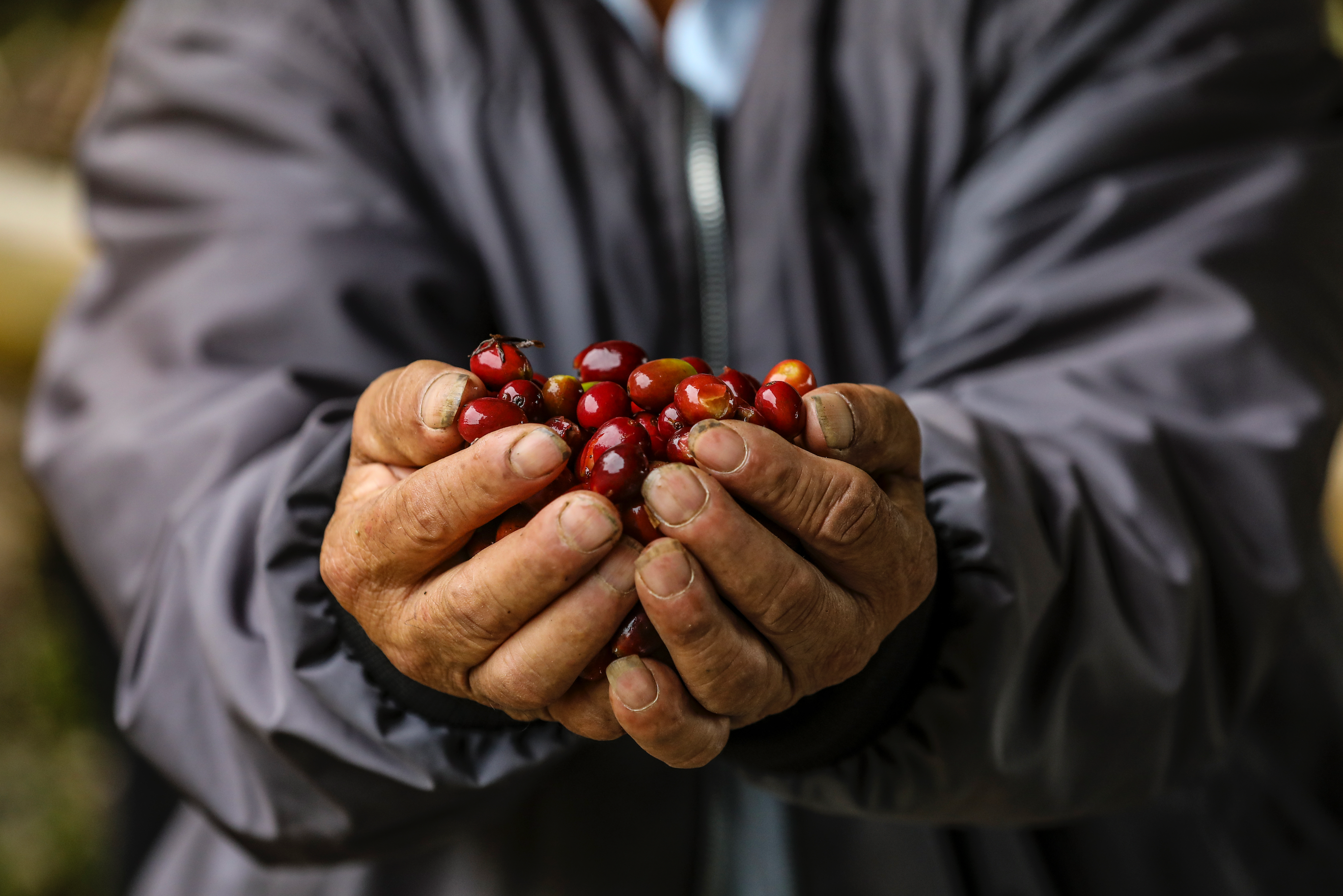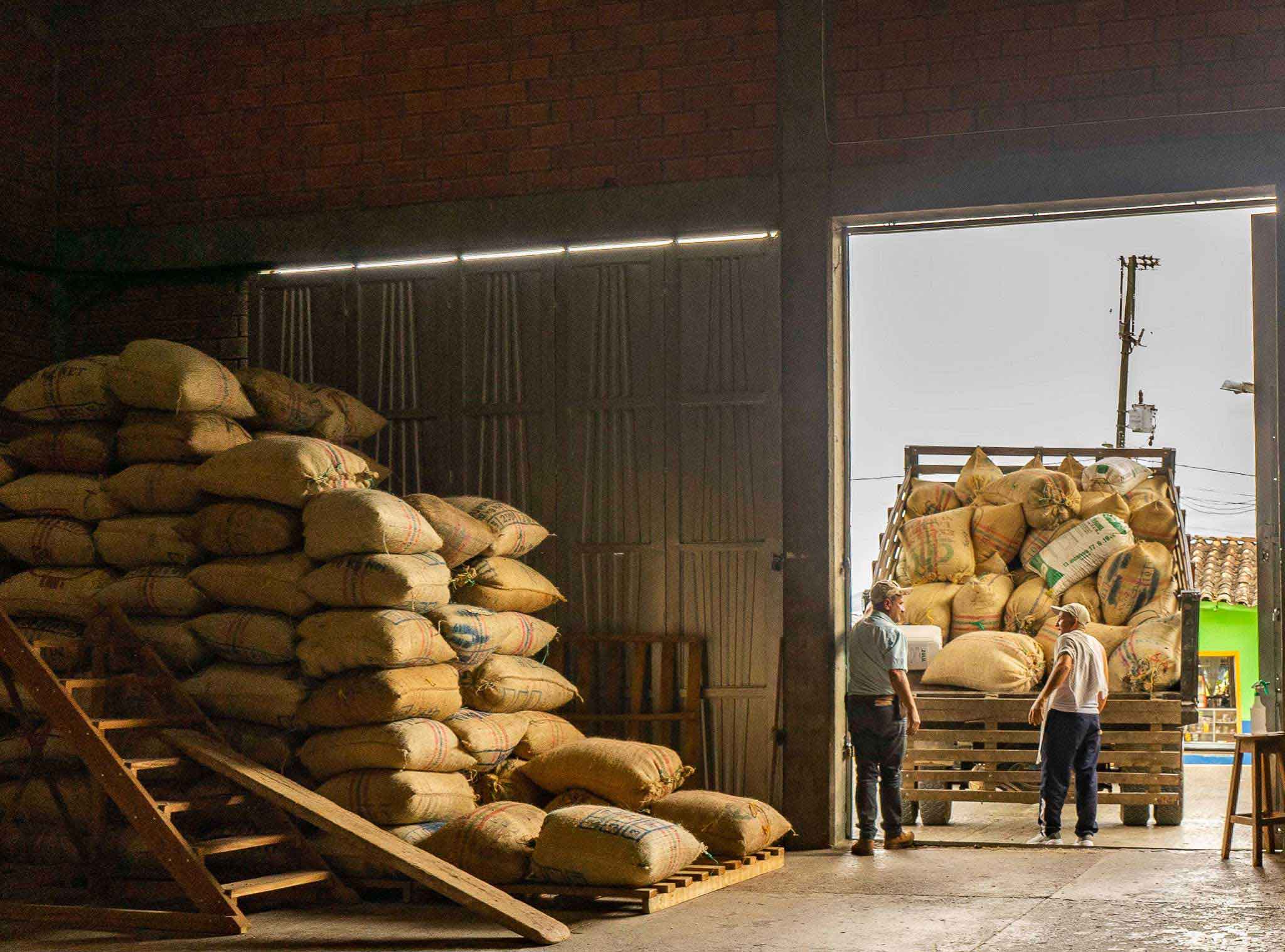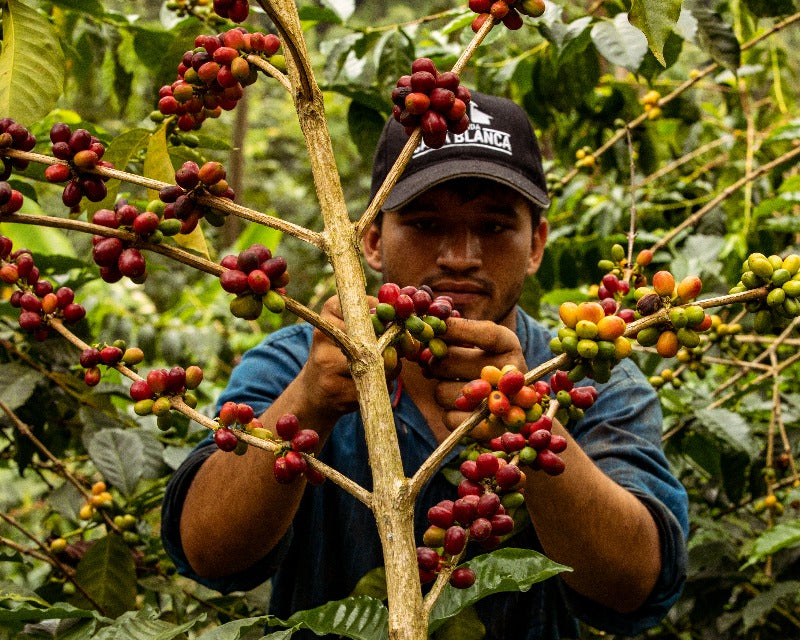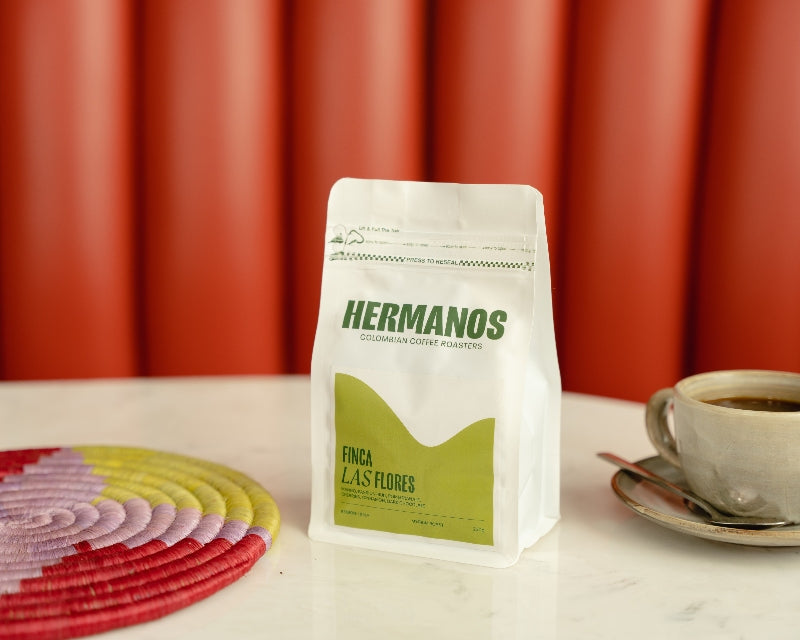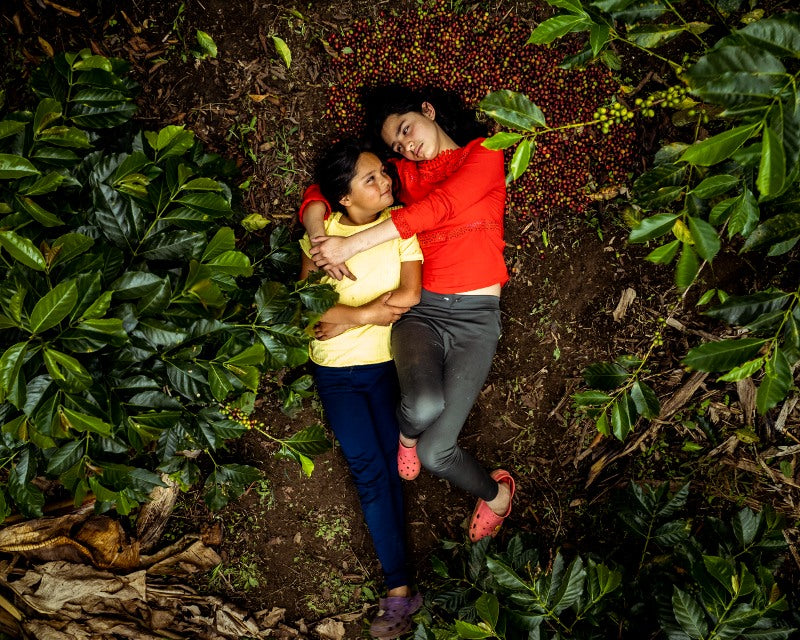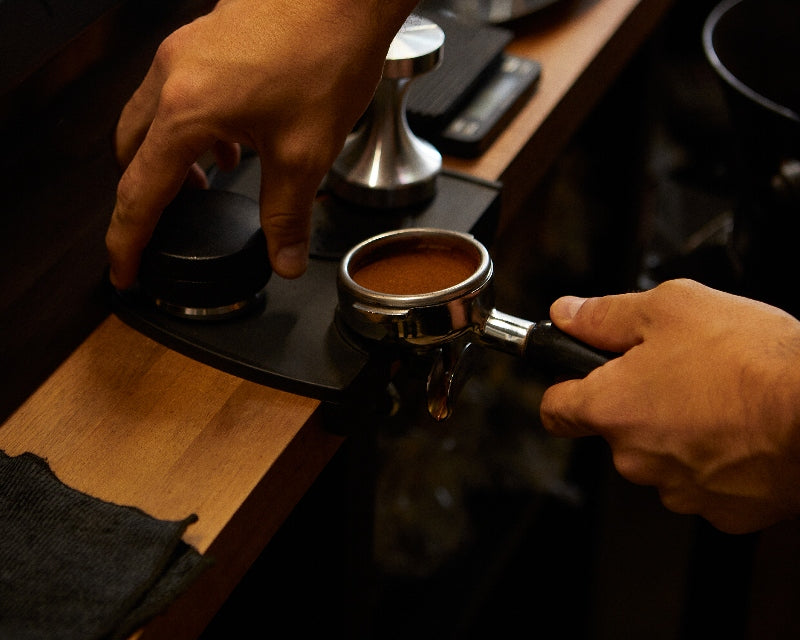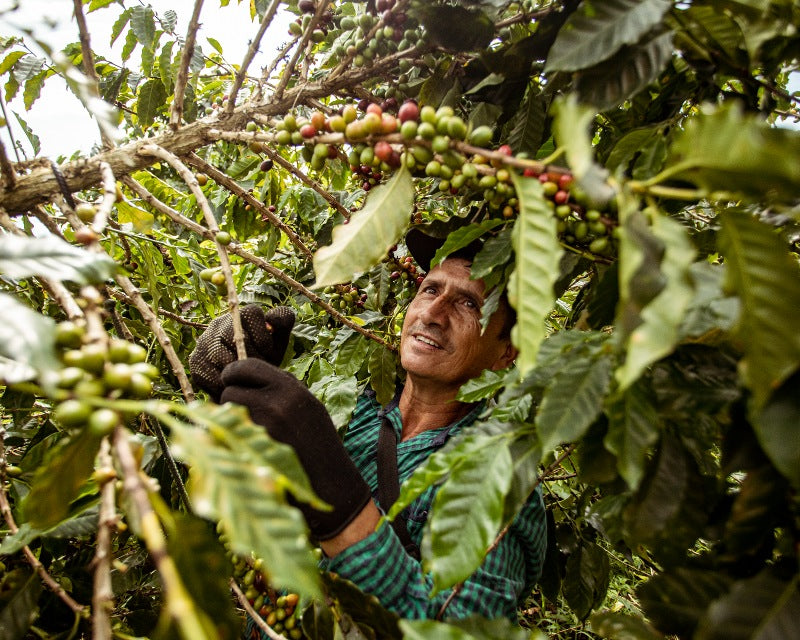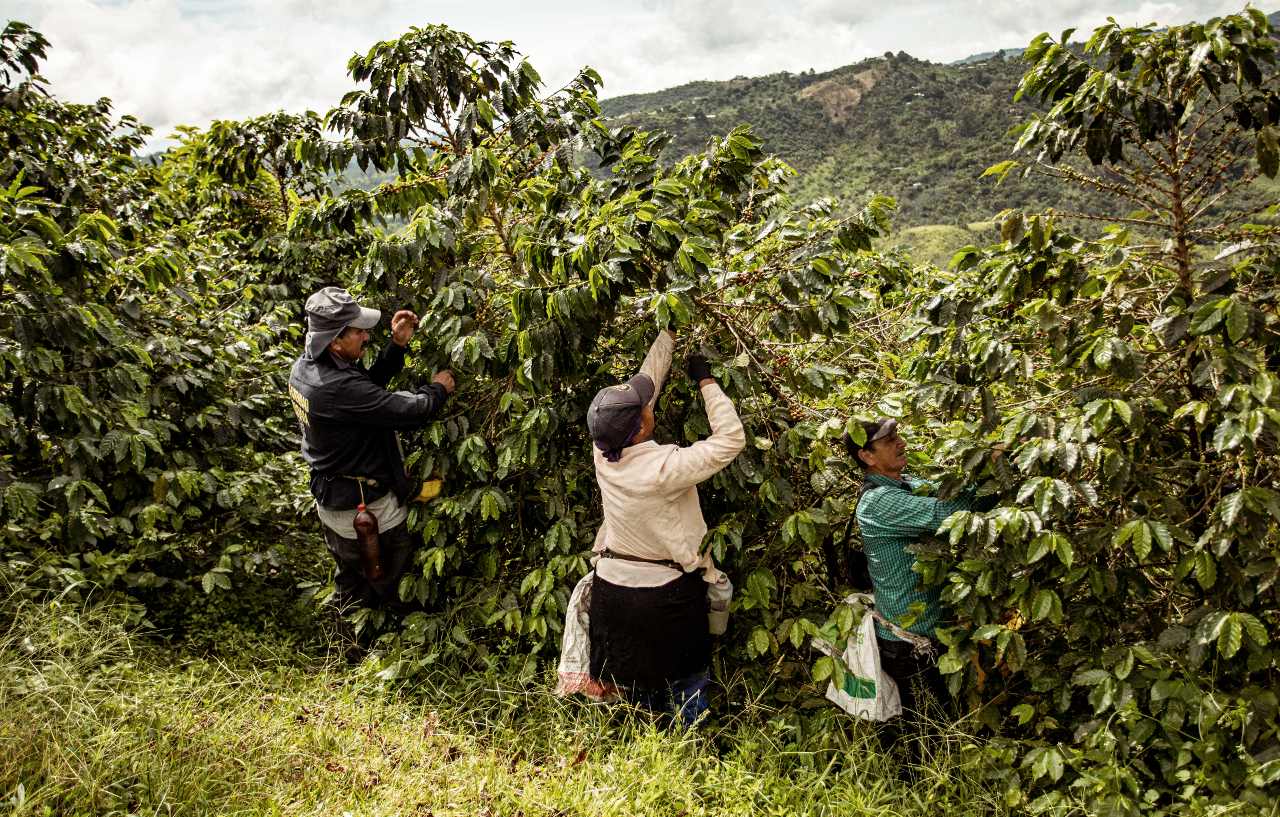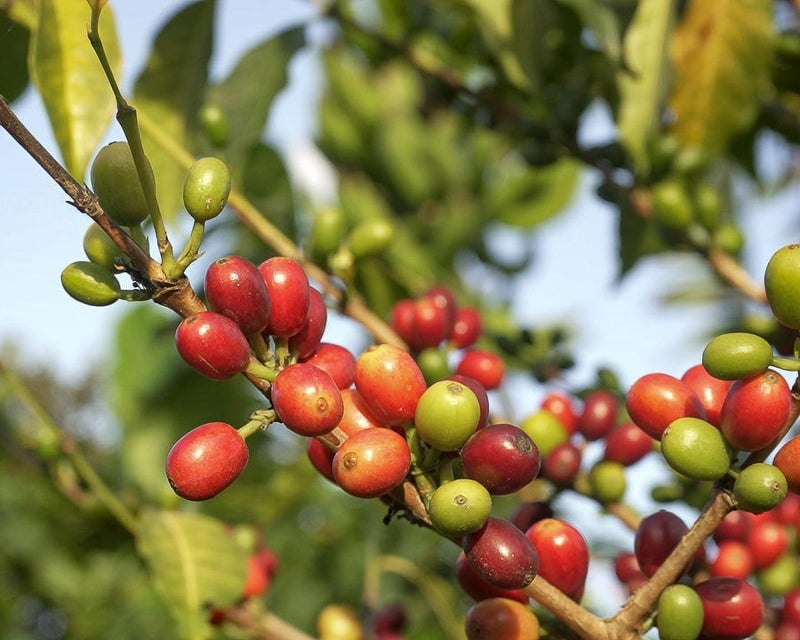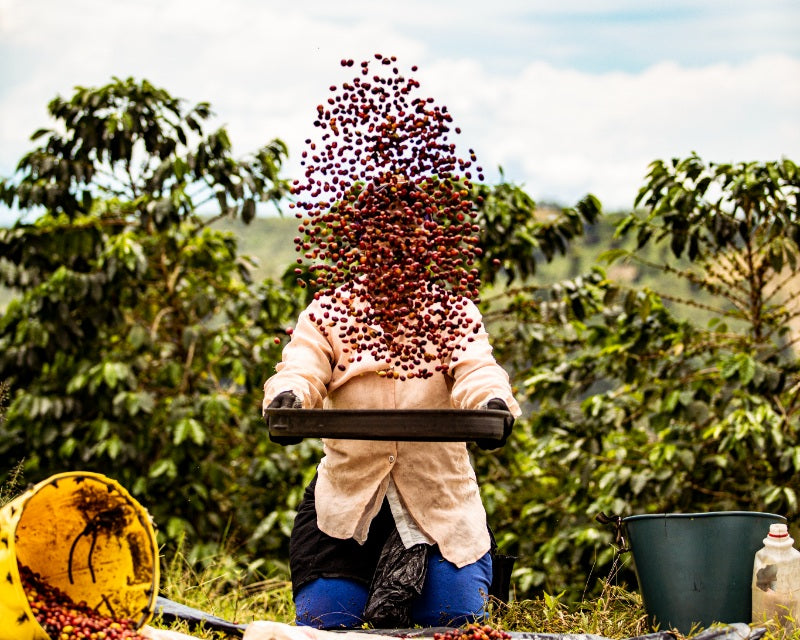The Ultimate Brewing Guide
Our Roastery
Our Farmers
The Ultimate Brewing Guide
Learn everything you need to know about brewing the perfect cup of Colombian coffee.
DiscoverThe Ultimate Brewing Guide
Author:
About Colombian Coffee
Author: Jim Kersey
Our Roastery
The roastery is at the heart of Hermanos. Discover our commitment to roasting perfection, and the art and science behind our roasting facilities and commitment to quality.
DiscoverLearn More About Our Roastery
Author: Bethany Lees
Coffee Roasting Explained
Author: Jim Kersey
Our Farmers
Learn about our unwavering commitment to coffee farmers and their communities. Discover how we support sustainable farming practices through direct trade partnerships, collaborate with local communities, and empower farmers to improve their livelihoods.
DiscoverThe Importance Of Coffee Traceability
Author: Bethany Lees
Gender Equality In The Colombian Coffee Industry
Author: Bethany Lees
Journal
Guides & Tutorials
Sustainability
Journal
Discover the art of coffee roasting and stay up-to-date with the latest industry trends through our Journals section. Immerse yourself in the world of coffee as we share our knowledge and passion for the perfect cup.
DiscoverFinca El Turpial: A Story of Resilience, Passion, and Exceptional Coffee
8 Hacks to Nail Your Coffee Shop Work Session
Guides & Tutorials
Learn the art of coffee making with our Guides and Tutorials section. From beginner basics to advanced coffee topics, our comprehensive journal will help you better understand the world of coffee.
DiscoverColombian Coffee Facts — Everything You Need To Know
The Beginner's Guide To Different Types of Coffee
Sustainability
Discover the latest initiatives in sustainability within the coffee industry. From ethical sourcing, women's empowerment, and environmental initiatives, we try and improve our understanding across a broad range of challenges and opportunities.
DiscoverThe Impact of Climate Change on the World of Coffee
How Farmers are Combating Climate Change






